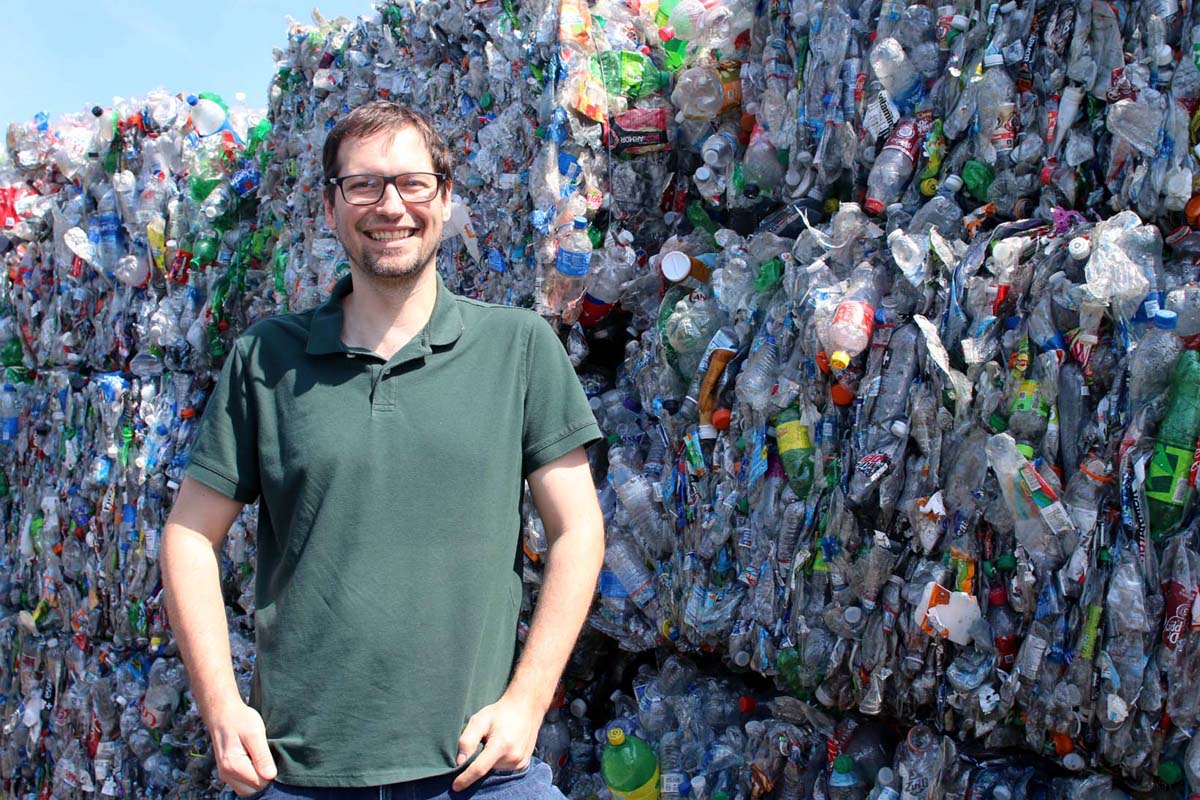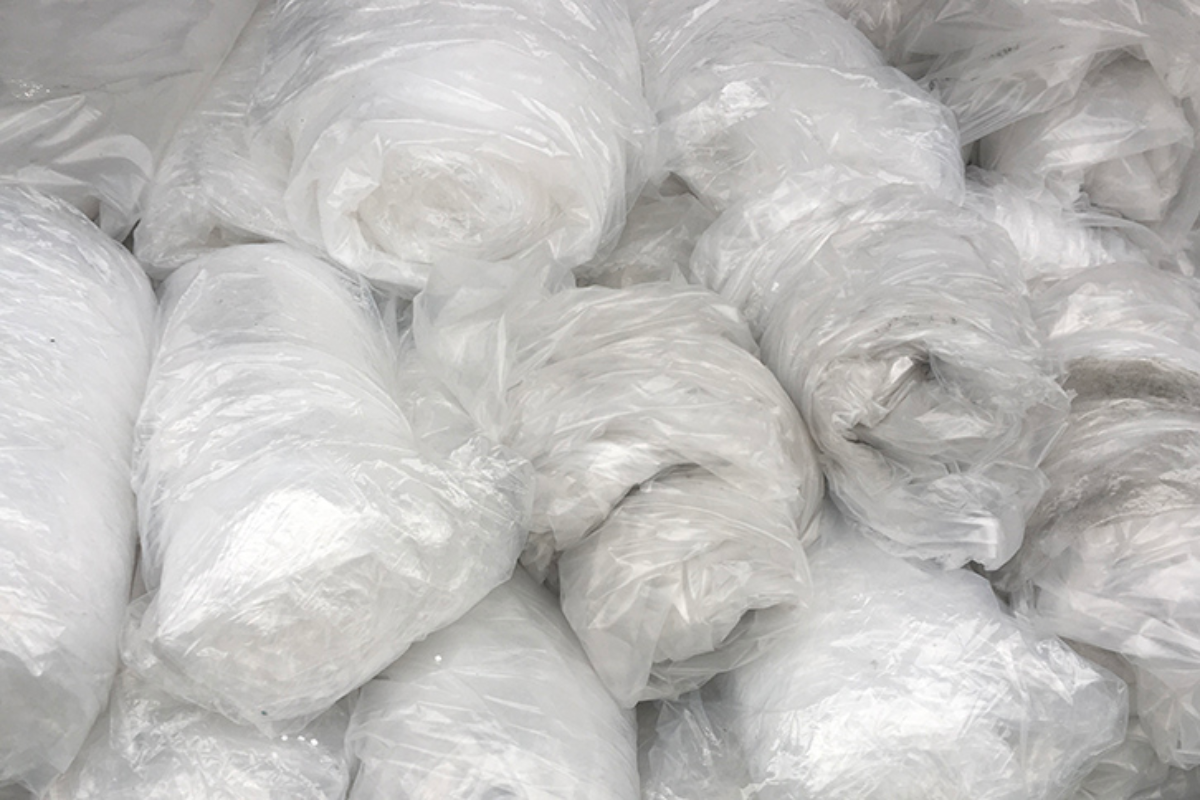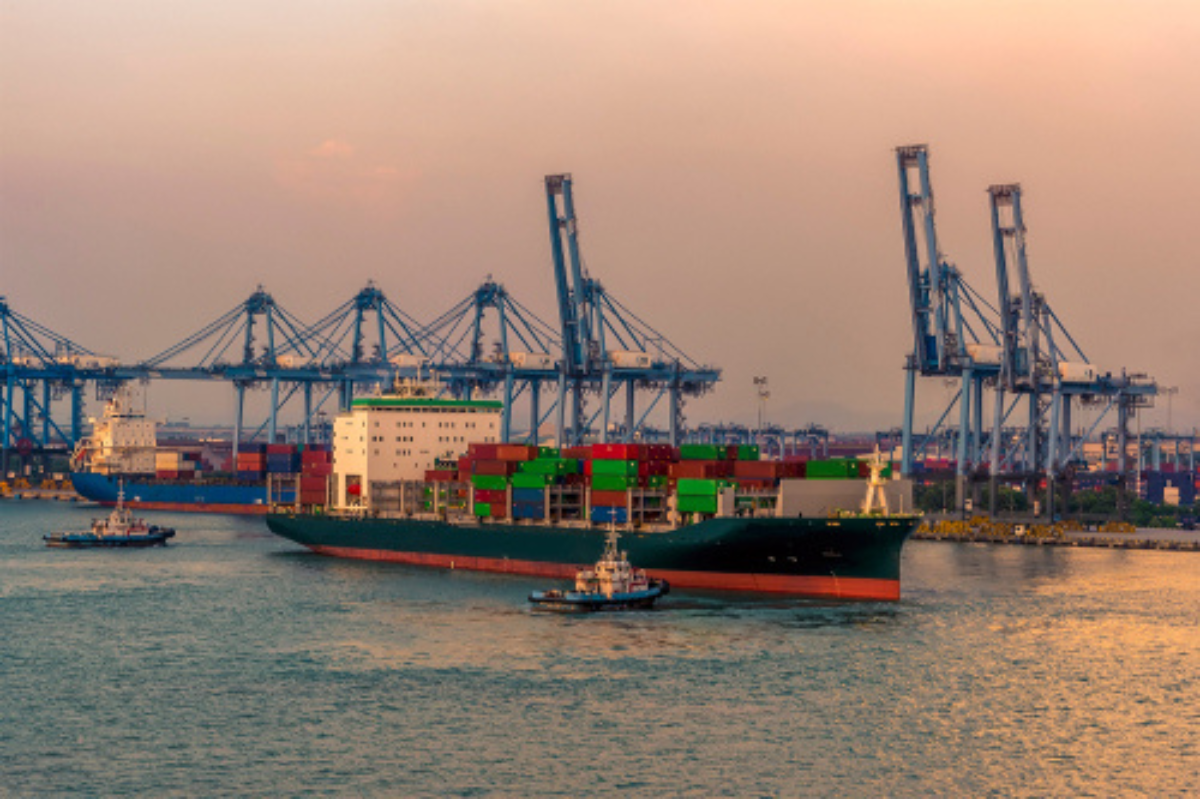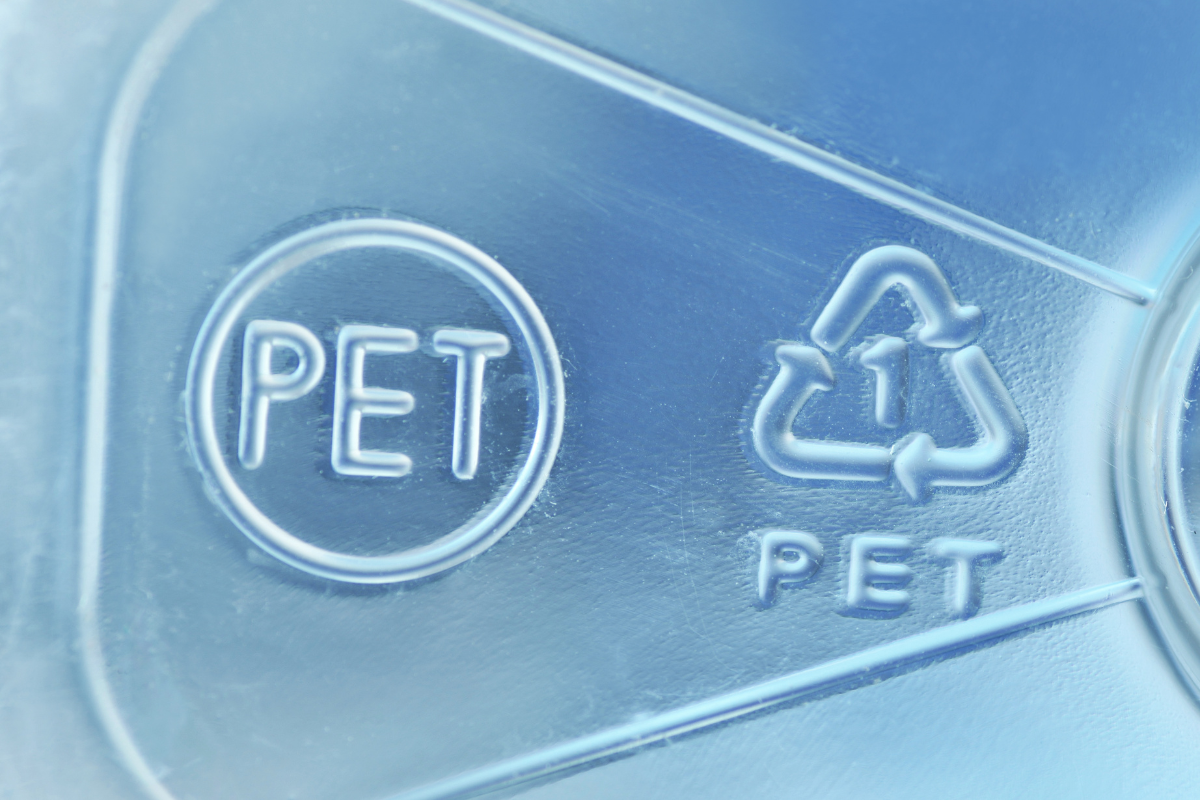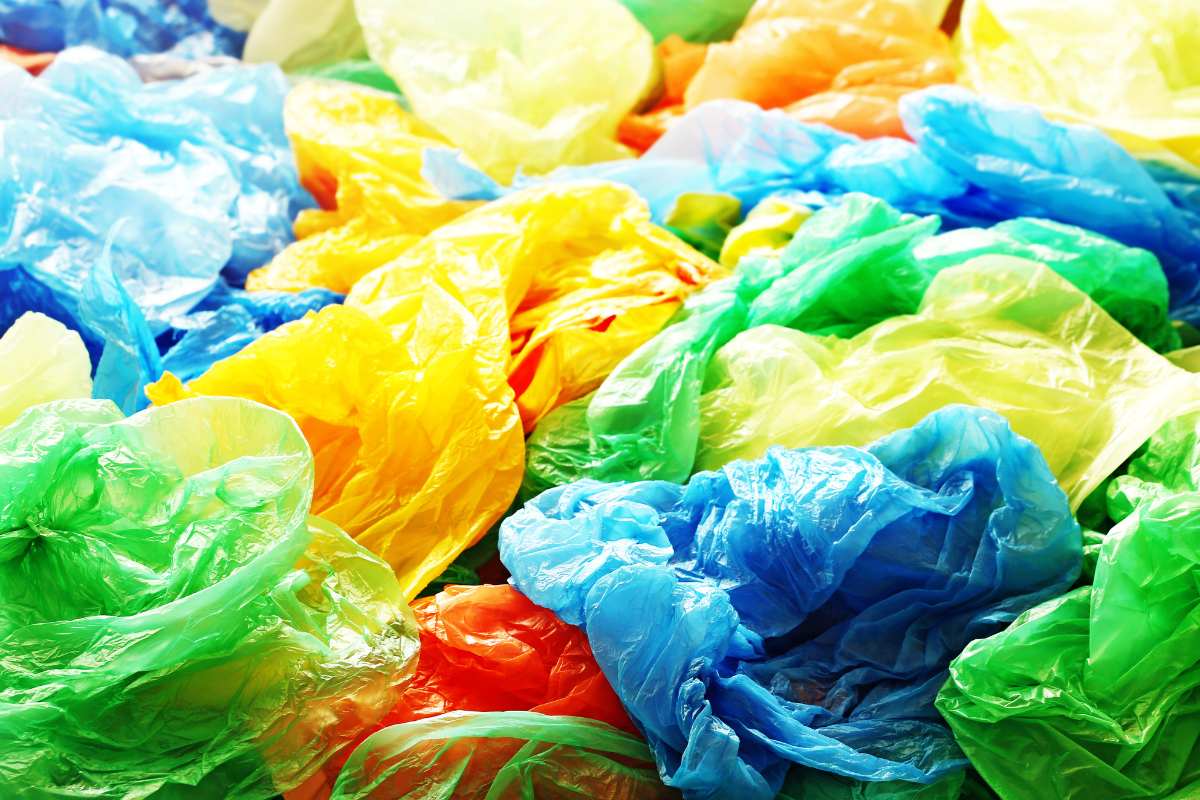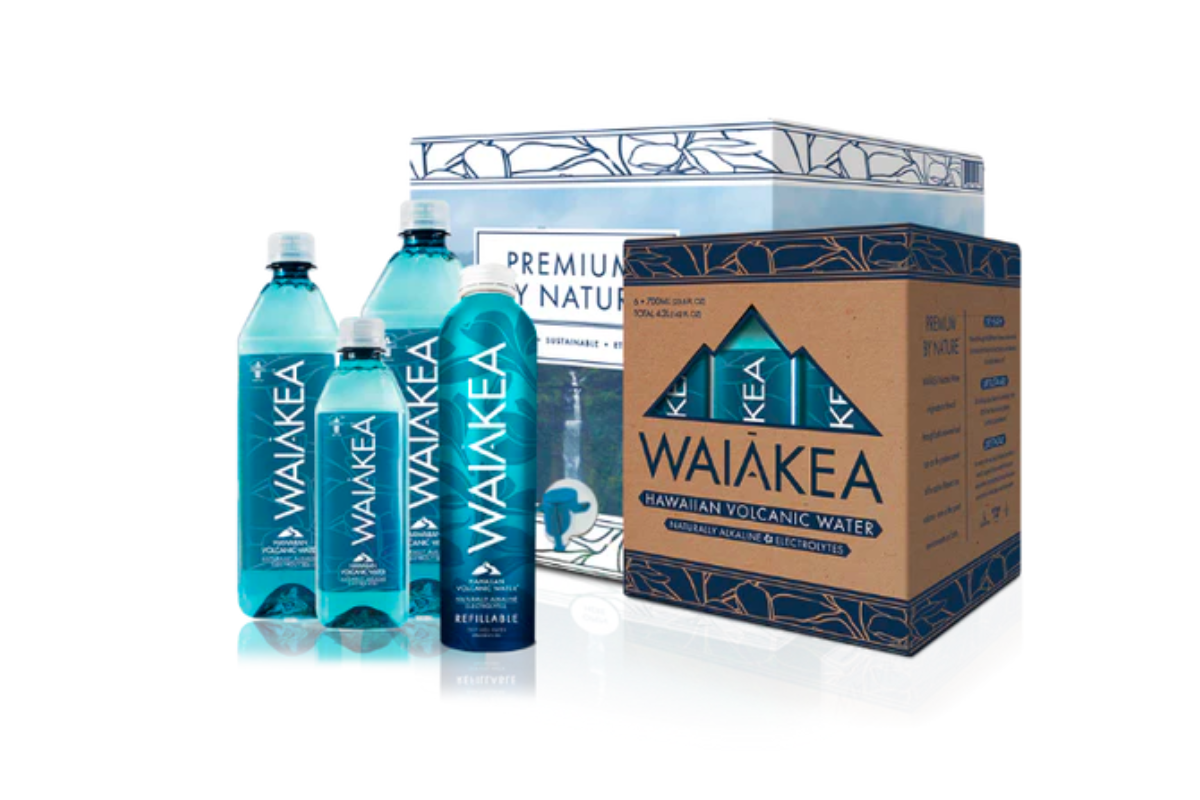
A local producer of 100% recycled PET water bottles is bringing in-state bottle processing capacity to Hawaii. | Courtesy of Waiākea Water
Waiākea Inc., a producer of 100% recycled PET bottles for water sourced from an active volcano, is installing bottle-to-bottle processing equipment at its Hilo, Hawaii facility with a planned capacity of 52 million pounds per year. Continue Reading


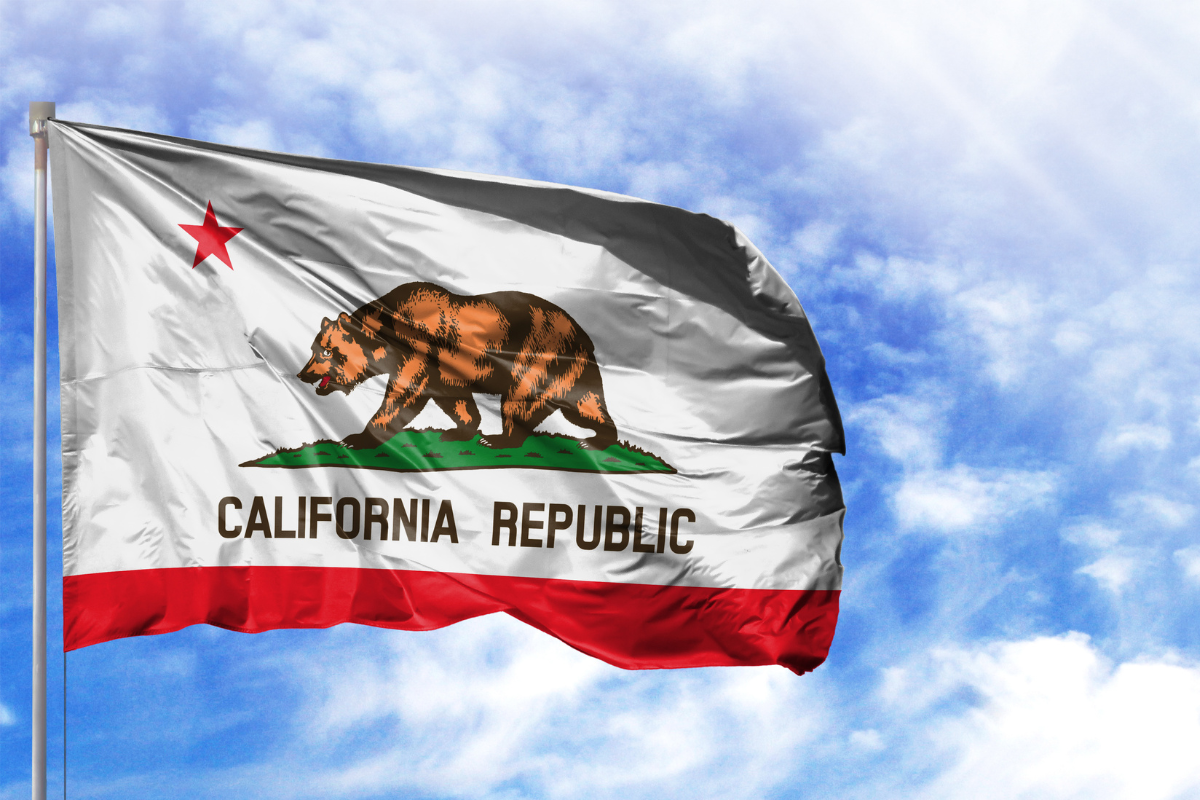
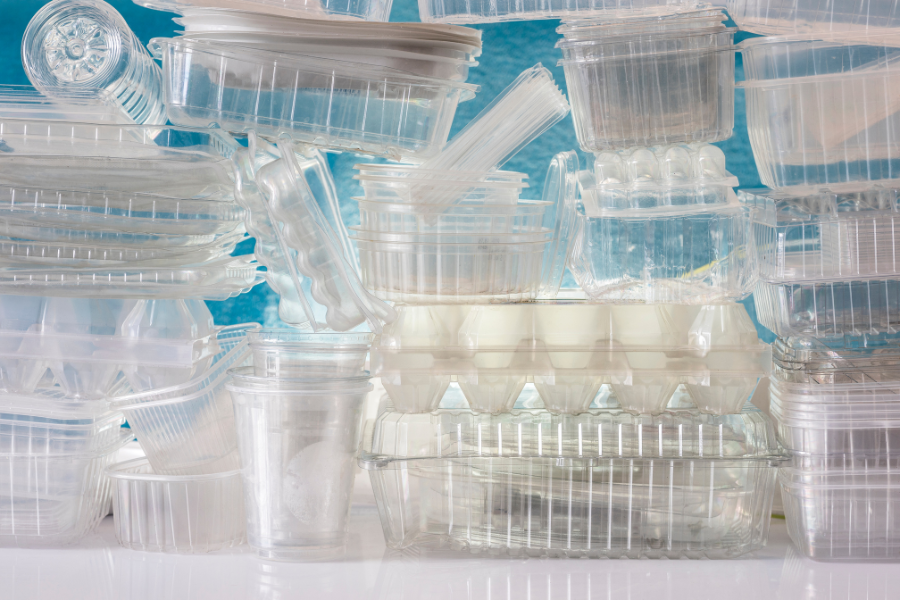
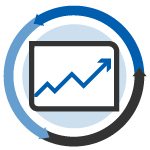 The end of the year has brought an increase in scrap plastic prices, with PET, natural HDPE and color HDPE increasing by 10%, 9% and 15%, respectively.
The end of the year has brought an increase in scrap plastic prices, with PET, natural HDPE and color HDPE increasing by 10%, 9% and 15%, respectively. 